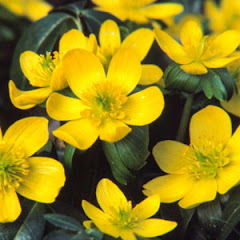
All three of these tools function in a similar manner. The two sharp surfaces of the blades come in contact at the base and cut all the way to the tips. They literally shear the grass and twigs from the stem of the plant with a scissors action. These two opposing surfaces are finely ground at the factory to the precise angle that makes them the most efficient.
When you resharpen these blades along the original bevel, you can get them so sharp that they’ll easily cut tissue paper. The key is to sharpen exactly along this factory-cut bevel. I’ve seen many tools, now worthless, that were sharpened improperly because the person attempted to construct a “better cutting edge” or used the wrong tool to sharpen them.
Unless you’re a pro, you shouldn’t use a power grinding tool for sharpening. Buy a new mill file, 10 in. long for the best control. It works really well on hedge and pruning shears and even on grass clippers. If you find files confusing, read the package. It will tell you if the file’s OK for use on garden tools. And if you don’t want to use the same file on the grass clippers, read on—we’ll show you how to sharpen them with an ordinary scissors sharpener.
Note: Always feel the blade very gently with your hands to check sharpness. Burrs are often jagged and can easily cut your fingers.
Finally, always lightly oil your tools and wipe them with a dry cloth for the off-season.
 1. Before sharpening, check the pivot nut. It could be loose, making the blades drift apart while cutting and tear the twig instead of cutting it cleanly. The nut should be snug with no play in the pivot. With the nut tightened, check the tool; if it cuts cleanly, it doesn’t need sharpening. If it still cuts poorly, look down each blade to make sure it’s not bent. If a blade is slightly bent, loosen the pivot nut and separate the blades. To straighten the blade, put it in a vise, slip on some thick leather gloves and tweak it until it’s straight.
1. Before sharpening, check the pivot nut. It could be loose, making the blades drift apart while cutting and tear the twig instead of cutting it cleanly. The nut should be snug with no play in the pivot. With the nut tightened, check the tool; if it cuts cleanly, it doesn’t need sharpening. If it still cuts poorly, look down each blade to make sure it’s not bent. If a blade is slightly bent, loosen the pivot nut and separate the blades. To straighten the blade, put it in a vise, slip on some thick leather gloves and tweak it until it’s straight.













No comments:
Post a Comment